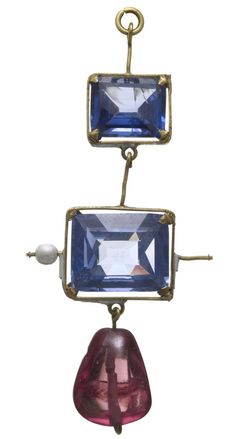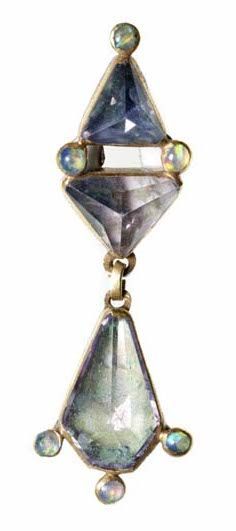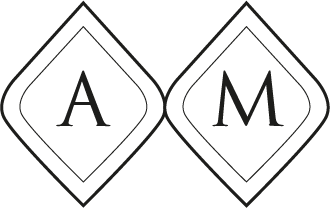In this blog post I’m looking back on treasures of the exhibition ‘Cheapside Hoard: London’s Lost Jewels’, held at the Museum of London in 2013-14.
The extraordinary collection of jewellery and gemstones will be shown once again when the Museum of London re-opens in 2024: I’m really looking forward to seeing it again. It certainly is something to look forward to at the moment!

Pictured: An enamelled gold earring or pendant set with pink sapphires and emeralds, and a pale-pink briolette spinel. Copyright Museum of London.
“For almost 300 years a buried treasure lay undisturbed below one of London’s busiest streets. Discovered by workmen in 1912, the Cheapside Hoard is the greatest single collection of Elizabethan and Stuart jewellery in the world.”
Exhibition literature
London’s Lost Jewels
A period of isolation at home has given me the chance to re-visit the comprehensive exhibition catalogue.
Written by Hazel Forsyth, curator of the exhibition and senior curator (post-medieval) at the Museum of London, the book takes an extensive look at the jewellery trade of the 16th and 17th centuries. The Cheapside area of London was an important global trading centre for gemstones, diamonds and precious metals.
Watch an introduction to the exhibition here.

I met Hazel Forsyth while showing my work at Goldsmiths Fair last Autumn – I asked her which was her personal favourite piece from the collection.

“I really do not have a favourite piece as they are all special in various ways. Some items are extraordinarily complex in terms of their significance and meanings, so these are particularly intriguing. If I really have to choose it would probably be the salamander or the emerald watch. The salamander because it combines stones from the Old and New Worlds; a fusion of East and West, with great symbolic meaning. The emerald watch because it is stunningly beautiful and an absolute tour de force.”
Hazel Forsyth, Curator
Pictured: A watch set in a single large Colombian emerald crystal of hexagonal form with a hinged lid. The dial plate is enamelled in translucent green. Copyright Museum of London
Visiting the exhibition was like entering a glittering jewellery box, every illuminated artefact seemingly floating in darkened display cases. Alongside the collection, portraits of Elizabethan society heavily adorned in similar jewels put the exhibited pieces in context. It was fascinating to see the high society fashion of the day, so many jewelled hair pieces and dress pins.

An insightful time Capsule
Unearthed in the heart of London’s jewellery quarter at the time, the collection is like a time capsule. It showcases the breadth of jewellery produced in the 16th and 17th centuries. It features extraordinary ornate pieces but also more simple jewels, some appearing as though they had just been dug up.
It is the more unassuming pieces that captured my imagination – like the gemstone pendants pictured.
Some of them are incomplete and would have been more ornate, decorated with enamels and pearls, but their shape, combination of gemstones and composition seem so modern.
Struck by the similarity of techniques and tools used by goldsmiths then and now, this outstanding exhibition brought home a sense of connection to the craftsmen at work all those years ago.


Pictured top: A three-drop pendant of enamelled gold set with two faceted sapphires and a pale-pink cabochon spinel. There is a pearl on one rod; the other is missing. Copyright Museum of London.
Pictured below: An earring or pendant of enamelled gold with six opals and three pale blue sapphires. Copyright Museum of London.
Read an informative piece on the Cheapside Hoard on the GIA website here.

